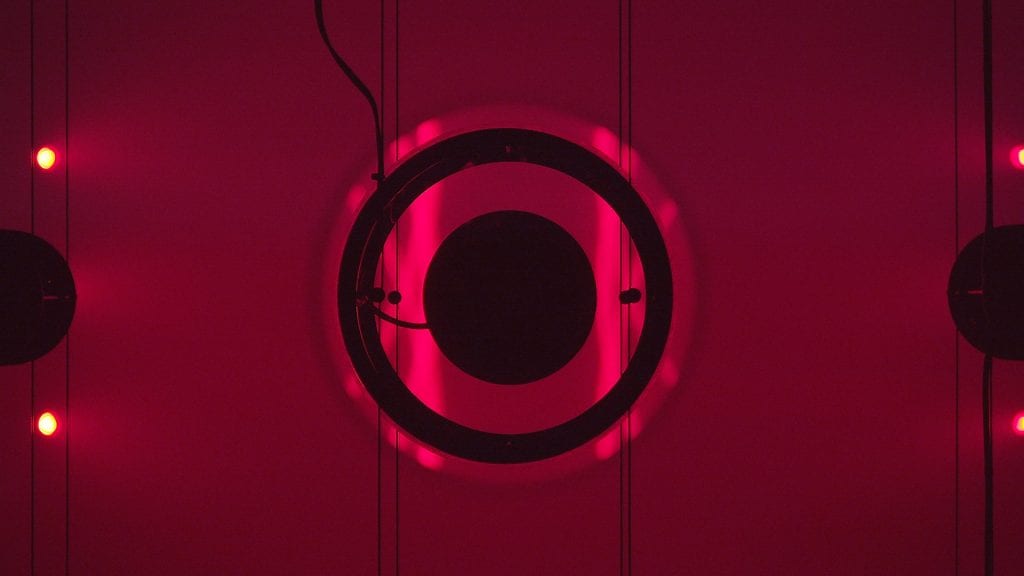SWCTN IMMERSION FELLOWSHIP FINDINGS
So what happens when creatives and artists from lots of different traditions gather together in a place called ‘immersive’. How have storytellers, theatremakers, game makers, dancers and a granite sculptor produced new ideas for works that could take immersive forms? And how has this melting pot of voices made the South West an engine for original new immersive experiences and ideas?
Over the last year the SWCTN have set out to explore these questions, kicking off this process with the Immersion Fellowship programme. With Knowledge Exchange at the heart, a myriad of voices came together to create a diverse exploration into the emerging market of immersion. A cohort of 27 set about to explore new possibilities, the instabilities, difficult challenges and the future potential of immersive experiences.
Here, we capture the research of the fellows and bring together the breadth of conversations across wildly different traditions and approaches.

Photo Peter Roe 
Anthony Head Light Years: Coast 
Ben Bunks Renaissance programme 
Anthony Rowe Aurora Imaginaris 
Nora Lorman 
Mikrofest Photo Lily Holman 
Sharon Clarke 
Mikrofest Photo Lily Holman
AN ACADEMIC DEEP DIVE
Our academic Immersion Fellows have brought a wealth of knowledge to the programme and to the South West. They have played a key role in supporting the Industry and New Talent fellows as well as sharing their research and expertise across the sector.
Back in February Luke ReedUWE Academic fellow and sound expert took his research to Osaka, Japan as part of the Future of Audio in VR workshop. A workshop aimed to highlight recent developments in VR audio and identify the needs of the VR community in creating compelling virtual auditory experiences for the next generation of immersive media. Read Luke’s paper Audio Reproduction in Virtual Reality Cinemas for a full insight into his SWCTN research.
Throughout the programme Luke has been a key connector and has offered his expertise to a number of fellows. He ran experimentations with New Talent Fellow David Paton in the quarry in Falmouth to record the splitting of granite rock. He worked with Squidsoup on the development of their spacial sound installation AudioWAVE at The Foundry. He also created the 7.1 soundtrack for Surrender 1.0 an immersive meditative 360 Dome experience premiered at the Simple Things Festival 2019, produced by fellow Neil Harris.

Stone Splitting with David Paton 
AudioWAVE Squidsoup 
Surrender Neil Harris
Julia Scott-Stevenson, also from UWE, in March 2019 published her Virtual Futures: A Manifesto for Immersive Experiences, on Immerse, a Medium channel and e-newsletter providing creative discussion of emerging nonfiction storytelling. After many months of travelling to festivals, experiencing work, meeting people and being a very active member of the VR scene Julia has written a beautifully considered manifesto that has formed the basis for many talks and conversations. The manifesto invites us to think more carefully about how we create and experience immersive experiences. Julia has travelled to many conferences across the UK presenting her manifesto including Mikrofest in Exeter, Immersive Storytelling Experiences research Symposium in Liverpool and School of Media and Communication in Leeds. Here is Julia at the SWCTN Showcase in June introducing her manifesto.

Julia Scott-Stevenson Immersion Manifesto
From Plymouth UniversityJane Grant, an academic whose work is rooted in creative practice has developed a new work Between Us. In partnership with Coral Manton, Jay Auborn, Phillip Liford and Georgio Cortiana this augmented Reality audio/visual artwork explores desire, solar physics and the impossibility of touch. Between Us is made for Magic Leap and has laid the foundations for a new relationship with Jane and Andy Langley (Magic Leap). This work has toured to South Korea and forms part of a larger body of work.
Throughout her fellowship Jane has explored questions around; What are the environmental cues necessary to create ‘atmospheres’ that enhance immersion and heighten a sense of inhabitation? How can sensing be enhanced in sonic and situated immersive environments? What are the properties of sound and site that create deep participatory immersive experiences?
Keep an eye out on the SWCTN website for an upcoming blog from Jane that explains the process of her journey through the fellowship, how she approached these questions and what the fellowship has meant to her practice.
Our three Academic fellows from Bath Spa have been hugely active across a number of different sectors. For Sharon Clarkdirector of Raucous Theatre the fellowship allowed her to explore new grounds and find new ways to connect with audiences. It gave her the opportunity to have new conversations with curious, creative people, have protected time to take risks and meet new artists and technologists, but above all be given space and time to think and consider others in the field.Sharon’s Blogs explains her journey through the fellowship.
In January Sharon presented her research at the Pervasive Media Studio Lunchtime talk Busting theatre stories out of theatre walls and at the beginning of the year Sharon received a Magic Leap Residency with the RSC to discover the future of digital theatre through their first ever Fellowships programme.
Coral Mantonjoined the fellowship as a new member of staff at Bath Spa University. She came to the network with a wealth of knowledge in creating immersive environments for live performance, live-coding, digital museums and game design. Throughout the fellowship she has been investigating immersive technologies permeating museum eco-systems beyond the exhibition and this led to a successful application to the SWCTN prototype programme. Here Coral talks about the prototype that she created and about her ambitions for the future.
Anthony Head has been working closely with students from Bath Spa University BA Digital Animation course to explore the possibilities of immersive media. Anthony has created a series of playful projects that push the medium, test out his ideas and exposes new audiences to VR experiences. Anthony has written two blogs for the SWCTN website that explain his process and has demoed his work at Mikrofest, SWCTN Showcase and the Holburne Museum. LIGHT YEARS COAST VR & 360 SOFTWARE ART gives an overview of Anthony’s research into 360 film and VR and in THE WOW! MUSEUM SOFTWARE ART, VIRTUAL REALITY Anthony talks about his project that explores scale in relation to objects that are normally small, as well as finding ways to engage new audiences with museum collections.

Anthony Head
From Falmouth University the work ofNorah Lorway shares the sensitive nature of grief and how immersive technologies can help build a conversation around this theme. Norah has presented her work at a number of conferences over the year including in May 2019 BEAST FeAST conference, a series of talks at the University of Birmingham, Falmouth University and the University of British Columbia. She has delivered throughout the fellowship Across Voids: An Immersive Interactive Experience on Grief a game experience. This project can be seen as a sort of “emotional fitbit” for helping users explore their own experience with grief and loss.
Hannah Wood’s fellowship research is exploring forms of intimacy in immersive experiences and their impact on human connection, health, wellbeing and agency. Earlier this year at Mikrofest Hannah shared her initial research and introduced her new project The Glass Ceiling, a feminist AR/MR game that tackles everyday sexism in a comedic, subversive and empowering way. The work is based on Hannah’s own experiences and her SWCTN research into using poetic mechanics for narrative affect in immersive experiences.

Glass Ceiling Games – Story Juice
NEW TALENT
The SWCTN are really proud of the research that has grown out of our New Talent Fellowships. This group of talented people were either new to exploring themes within immersion or early in their career. Their research shows great depth and consideration within the medium and moved the SWCTN Immersion programme into new ground.
Harry Willmotthas been on an incredible journey into immersion. With a background in creating 360 video for healthcare Harry has widened his knowledge and deepened his connections through his podcast series. Through a series of conversations with our fellows and other professionals in the field, he shares ideas and thoughts with Marcus Smith, Sharon Clark, Jane Gauntlett, Anthony Rowe, Mitch Turnbull and Ben Dunks. Listen to the episodes here and learn more about the great talent within the South West.
Dom Brown has delved deeply into research around digital music interaction and shown great practical expertise in the development of a new VR experience that he demonstrates at the SWCTN Showcase. Both through his lunchtime talk at the PM Studio and his blogs on the SWCTN website he discusses how his thoughts around music interaction in immersive technology has developed through the programme, how he designed and developed his own VR experience, and how he plans to take this project forward. Here he also records a series of podcasts with Harry Designing An Immersive Musical VR Experience, Part 1, Designing a VR Music Experience Pt. 2: Design and Development, Immersive Talk Podcast Appearance
Vincent Baidoo-Lowe throughout the SWCTN fellowship programme has been delving deeply into themes of virtual marginalisation. He started his research with the following question: What tools are available so that the end user can customise their digital immersive experiences without knowing how to code and will fully immersive digital experiences make media marginalisation more or less apparent, specifically, for black people.
Vincent’s talk the Virtual Marginalisation: The Black Immersive Experience explores the landscape of technology from the perspective of a possible future. Listen to his talk to get an overview of his research and to hear about his next steps.
Ellie Ripley is a recent graduate from Falmouth University. Her research explores the relationship between music and the mind, looking at the cognitive relationship we have with music during immersive experiences. As part of her fellowship Ellie worked with fellow Falmouth graduates and current students to present the outcomes in a feature length documentary, you can watch the trailer here and read about the project in this article. Ellie has also produced a series of blogs that gives an overview of her experience of being a fellow on the programme.
Louisa Adjoa Parkerresearch aimed to find out what it means to be a person of colour in a white rural landscape. She explored the questions, how does the experience impact on PoC in these settings? How can this experience be communicated via creative tech to the wider community in a way that fosters real understanding, empathy and compassion that leads to a shift in attitudes/social change? Throughout the fellowship she has produced a series of new podcasts, you can read more about the podcast series and listen to them here on her blog on the SWCTN website. Louisa presented the podcasts at Mikrofest in Exeter and at the SWCTN Showcase.
Rowan James throughout his fellowship has been exploring equality, accessibility, and inclusivity. A recent talk at Simple Things Festival Rowan shared his research to a public audience. This talk discussed a vision of how technology and robust equality politics can come together to create inclusive performance spaces that are welcoming to as many people as possible. Underpinned by an overview of disability justice politics, this talk addresses common pitfalls and future possibilities. View Rowan’s talk here or listen to the audio from the talk here. Rowan took his research one step further the SWCTN prototype programme and developed his ideas into a haptic floor tile. You can see more about the work that Rowand developed through this film.
Marcus Smiththrough his talk at the SWCTN showcase shared his research into conflict resolution and the possibilities of immersive meditation. Here you can hear a conversation with Marcus and fellow Harry Willmott and here you can read Marcus’s conference paper on his findings.
Nwando Ebizieshared her research Distorted Constellations at the SWCTN Showcase. Her performative talk took the audience through her explorations into approaches to the creation of accessible immersive tech art spaces. Read her series of blog posts where she shares the research and lived experience that has underpinned her research and the art that has been created along the way.

Distorted Constellations Photo Xavier Clarke 
Distorted Constellations Photo Xavier Clarke
As a sculptor and mason David Paton framed his research around an ongoing investigation of Cornish granite and Trenoweth Quarry near Penryn in Cornwall. He has been looking at ways to convey the immersive rhythmical properties of labour and skill in relation to the specific cultural and geological lifeworld of the granite. Through his research he has identified the need to emphasise the temporality of immersion, and how a lyrical narrative might become a critical structure that resonates beyond conventional time frames. The Breath of the Geologic is a film that pays attention to the flows of the granitic landscape of South West Cornwall, and to the rhythms and markings of labour that punctuate its quarries, moors and buildings. The visual and sonic pace of the film exposes the brutal and poetic splitting and working of granite set in relation to the human body, where the inhalation of labouring lungs, like Hepworth’s sculpted voids, meet the interior of the granite body. The Breath of the Geologic bares witness to the simultaneous inhalation and exhalation of deep time and the fragility of our fleshy bodies. David screened the film as part of the SWCTN showcase in June and is looking for future opportunities to share his research.
INDUSTRY
This brilliant group of creative individuals explore immersive experiences and tools through a variety of approaches. The group are still continuing to share their research and are making a real impact on the creative sector as well as spilling into other areas and industry.
Katie Goode’s aim through the fellowship was to investigate VR accessibility and create a list of suggestions for developers. She did market research into the VR market, the current players, and disabled users. She talked with other developers and designed ways of supporting a wider range of users. For an overview of the market research, survey, results and the building blocks that this research has supported see the series of blogs here.

Test scene 
Prey 97, 3d Realms 
Invisible stencil values visualised as colours
Off the back of this research, Katie realised that it was not going to be possible for many to create all the combinations of VR environments designed for every user’s needs. In response to her findings, her team went about designing a tool that’ll help alleviate that and allow games to adapt to users need automatically – and this is where the SWCTN Immersion Prototype came about.
Katie has been active throughout the year sharing her research with the general public and with developers. She has been in conversation with hardware manufacturers and trying to get changes to SDKs (software development kits) rolled out that will make accessibility features easier to implement for developers. Katie aims to get http://gameaccessibilityguidelines.com/ updated with her research. Katie’s company Triangular Pixels was successful in taking this concept further through the SWCTN prototype programme. Here you can hear Katie talk about the product and the next steps in its development.
Mitch Turnbullhas been exploring the question: How can immersive technology influence opinion and change behaviour when used in conservation and humanitarian advocacy/campaign content? She aimed to identify and explore work that has been carried out or is currently being carried out that directly answers or informs this enquiry. Through this process she has been involved with three major data sets that has informed her work EarthSongs, a Magic Leap Prototype supported through the SWCTN Immersion Prototype Programme.
- Audience research around Marshmallow Laser Feast We Live in an Ocean of Air at the Saatchi Gallery (see upcoming blog on SWCTN website)
- Alex Smalley Exeter University & European Centre for Environment and human health research that formed part of the podcast Forest 404 (Radio 4) Over 7600 people took part in the study and this shared data directly feed into the development of EarthSong
- Nicola Yeo European Centre for Environment and human health – controlled study Effects of virtual marine environments on boredom, mood and nature connectedness: A comparison of matched content across TV, 360º video and virtual reality exposures
Mitch has presented her research at Mikrofest in Exeter, Immerse UK, SWCTN Showcase, Climate Week in New York and is currently sharing her research with the Eden Project, RIO Market Hall development and ACE. She was successful in the SWCTN Prototype programme and has developed the magic leap work EarthSongs. This film gives an overview of the project.
Neil Harris from SHOP has developed an immersive meditative environment within a full dome, aimed to create a meditative experience. He has been exploring placing vibration at the centre of the human experience, allowing the audience to make a connection between themselves and the world around them by showing the vibratory nature of everything from the Planets to atoms. Here the Tumblr show his visual research:.https://gongplanetarium.tumblr.com
He began with the Planetarium at We The Curious and presented a new piece of work Surrender 1.0 at the Simple Things Festival in October 2019. The gong vibrations were supported through custom designed ambi-sonics utilising 7.1 sound design incorporating low-frequency effects and 180° pulsating visuals across the surface of the dome giving the experience to the audience that the Planetarium itself is vibrating. Read more about his research and development of his work here.
Jane Gauntlett has spent her fellowship considering how VR & AR experiences are used as a communicative tool. Jane was a case study in the Framing Immersion Publication, read her interview here She also sat on the panel as part of the SWCTN Showcase. Here, Jane talks to Marc Leaver about the business models within the immersive technology sector and how fragile our current structures are.

Surrender Neil Harris 
TrueLove Audience Sharing Watermans Digital Weekender Photo Prizum
Through her research Harmeet Chagger-Khan is exploring the question: How can immersive experiences and fictional narratives build resilience and create long-lasting positive behaviour change? She has built new partnerships with UWE and with Birmingham University. As part of the SWCTN Showcase Harmeet presented at the PM Studio Lunchtime talk Crossing voids, building bridges – grief, conflict & resilience in immersion. Harmeet discussed how, in such a complicated world, Immersion can pave the way to building resilient humans? Combining neuroscience, psychology and story-games, Harmeet explored how immersive experiences create opportunities for increased social resonance and how this field is the next evolution in the quantified self, wellbeing and people-powered health movements.
Throughout his fellowship, Benjamin Dunks has been exploring how we map the movement of older people as they dance in order to demonstrate change that is measurable to validate movement as a pathway to a healthier and stronger life. He has been asking questions about how we use the data from this experience to create interesting visualisations.
Ben has shared his research widely across the creative and healthcare sectors. You can read about his development and how he has achieved this through his blogs on the SWCTN website and through his keynote that he gave at the SWCTN showcase. His work over the year has been successful in raising money from a number of different funders, including a successful application to the SWCTN prototype programme. Here Ben talks about Renaissance, his prototype in falls prevention for older people.
Sound artist and composerDuncan Speakmanthroughout the fellowship explored themes of immersion and the relationship between locative urban audio experiences and contemporary ecology, wrapping the questions in melancholy and romance. Duncan talks about his research as part of the opening panel at the SWCTN showcase.
Duncan has produced a short publication that combines reflective observations and provocations with experiments that could be used when designing immersive experiences. Designed for practitioners, the experiments are grouped into the overlapping categories edges, ecologies, networks and senses. From simple sensory deprivation methods to journeys that invert the concept of immersion, each one also contains pointers to other practitioners and critical research that might lead in new directions. ‘No Vantage Point’ is available as a digital resource on the SWCTN website and a limited edition print copy from the Pervasive Media Studio. This research has been shared widely and most recently at the IDFA DocLab as part of the DocLab Competition for Immersive Non-Fiction.
Anthony Rowe of Squidsoup investigated the idea of liminal materiality. Through practical experimentation Anthony developed a new piece of work Aurora Imaginaris a series of experiments into the nature of the digital and its relationship to the ‘real’ world we inhabit. A work-in-progress was presented at the Darkness Conference, Svalbard (January 2019) and here you can read more and see a film here.
Squidsoup were successful applicant for the SWCTN programme and received funds to create a flexible, easy to use, spatialised immersive audio system. Since the showcase in June AudioWAVE has been toured to Burning Man (USA), Black and Grey Atelier, San Diego (US), Simple Things (Bristol, UK), Durham Lumiere (UK), Chromotherapy (London UK) and the South Bank Centre (London UK). You can watch a film here that explains how they developed the spatialised immersive audio system

Ben Dunks DuoDigital 
Duncan Speakman
Aste Amundsenthroughout her fellowship researched themes around profiling system for transformational live audience experiences. This research is an ongoing theme in her work and she has spend a number of years developing narrative tools for live immersive experiences. Her talk at the Pervasive Media studios introduced us to her work and delved deeply into her findings from the research. Aste has presented her research at a number of conferences including at Mix 2019, Experiential Storytelling, Artful Sparkand in and as part of the State of Immersion panel at the SWCTN Showcase.
Ben Kreukneit developed a new installation at Dutch Design Week, entitled In Our Minds Eye through his research. The work is concerned with the limit of our senses and how technology expands this range. View a film of the installation here. Check out Ben’s Blog on the SWCTN website to learn more about his approach and his current installation.



![View: Installation [b]](data:image/gif;base64,R0lGODlhAQABAAAAACH5BAEKAAEALAAAAAABAAEAAAICTAEAOw==)
![View: light sculpture [a]](data:image/gif;base64,R0lGODlhAQABAAAAACH5BAEKAAEALAAAAAABAAEAAAICTAEAOw==)


Photos Ben Kreukniet


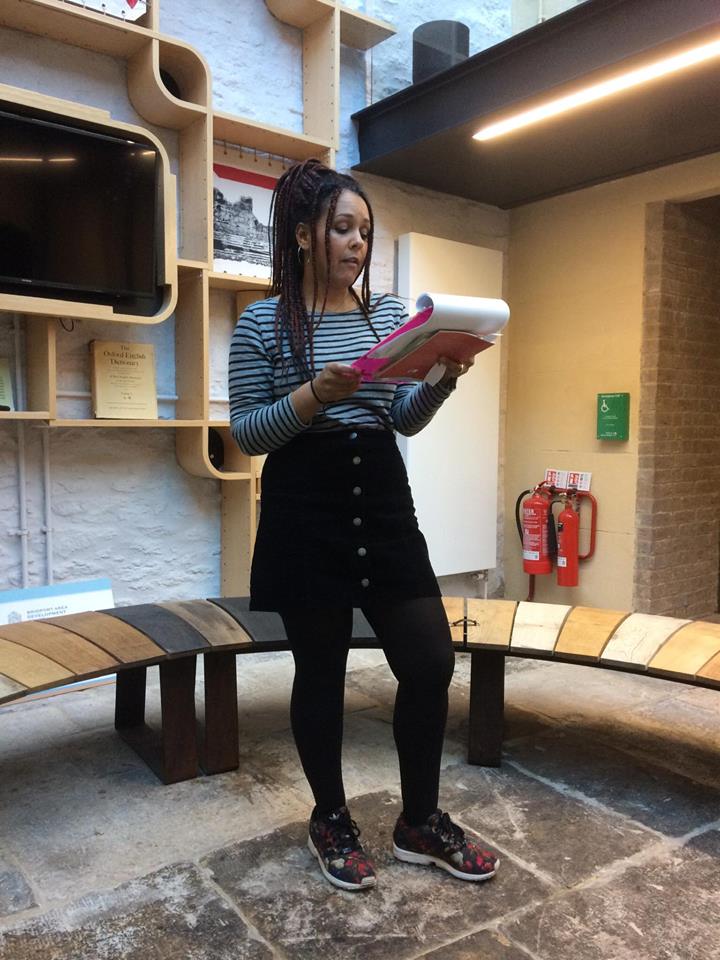
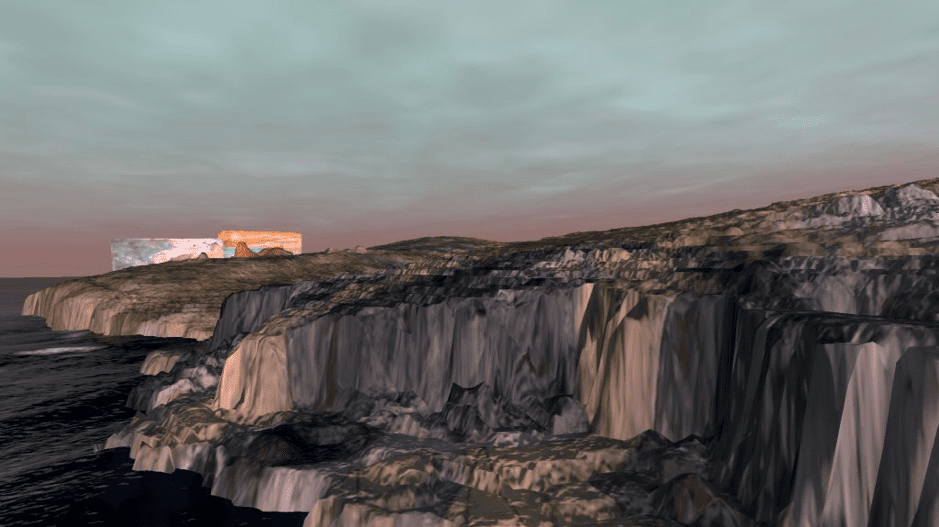
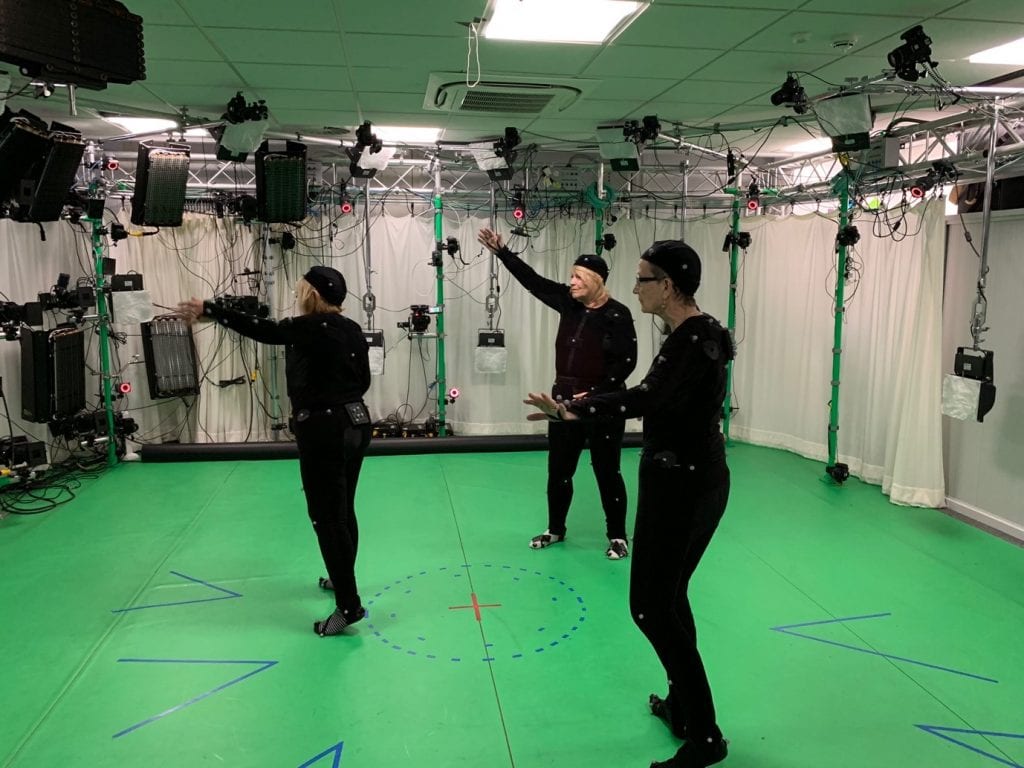
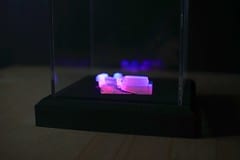
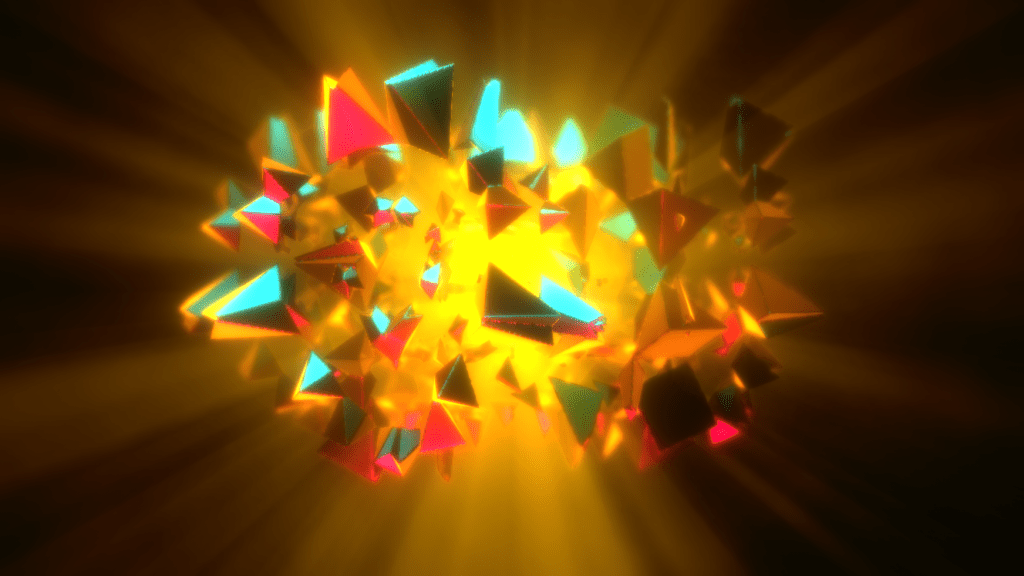
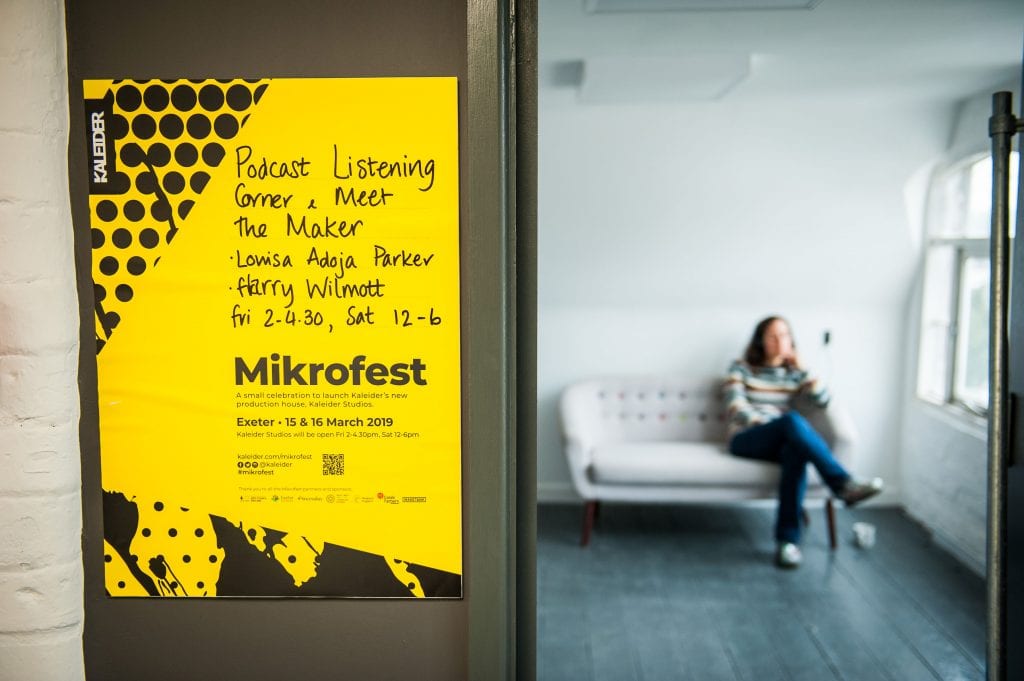
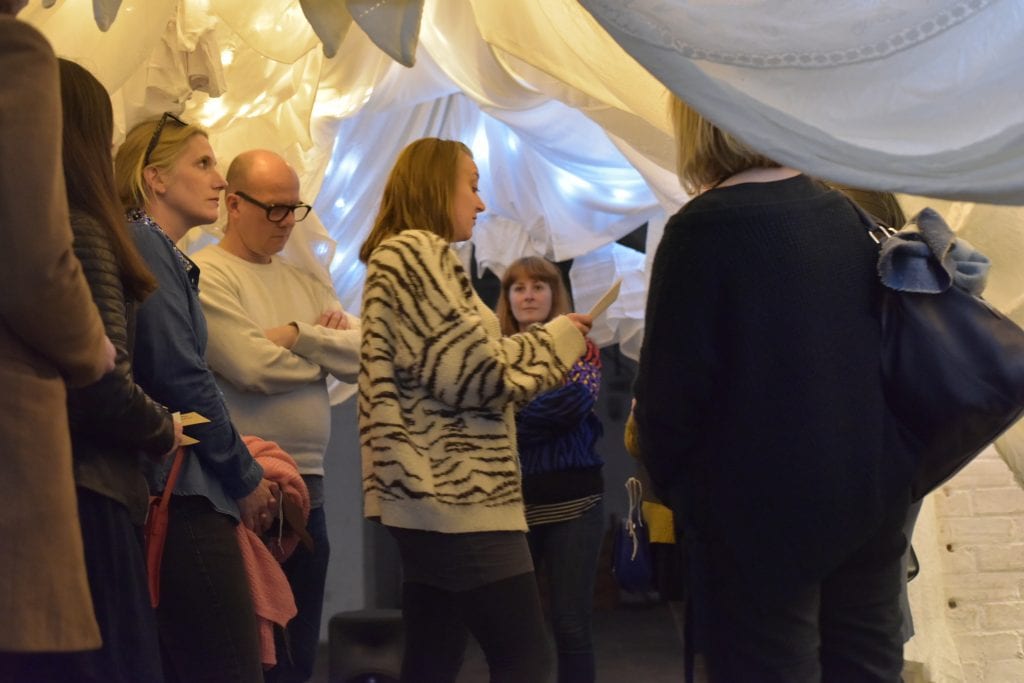
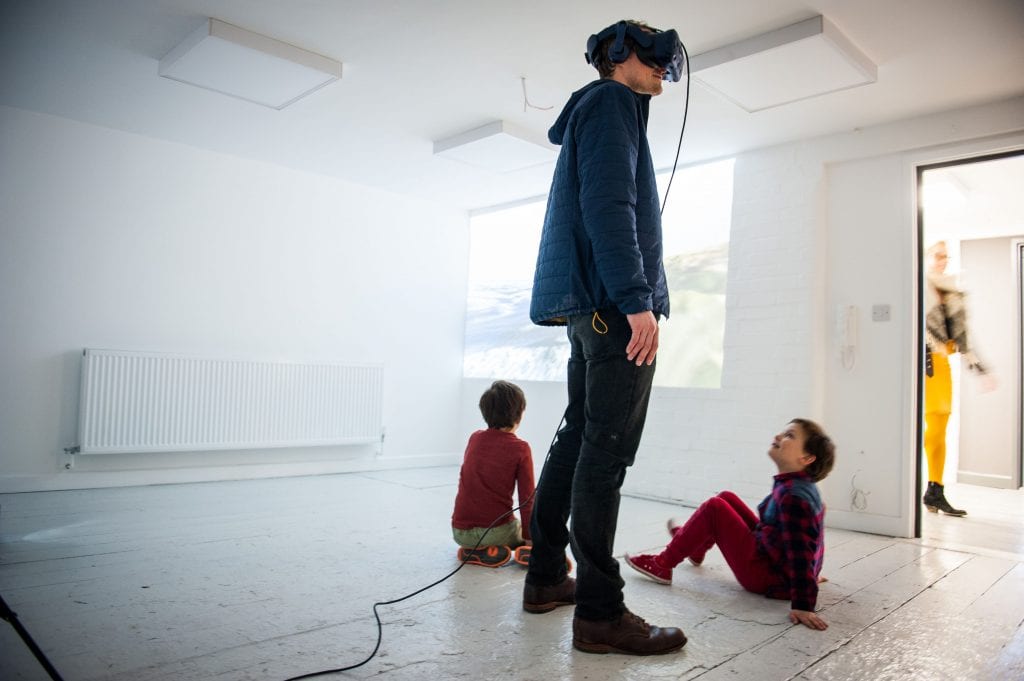
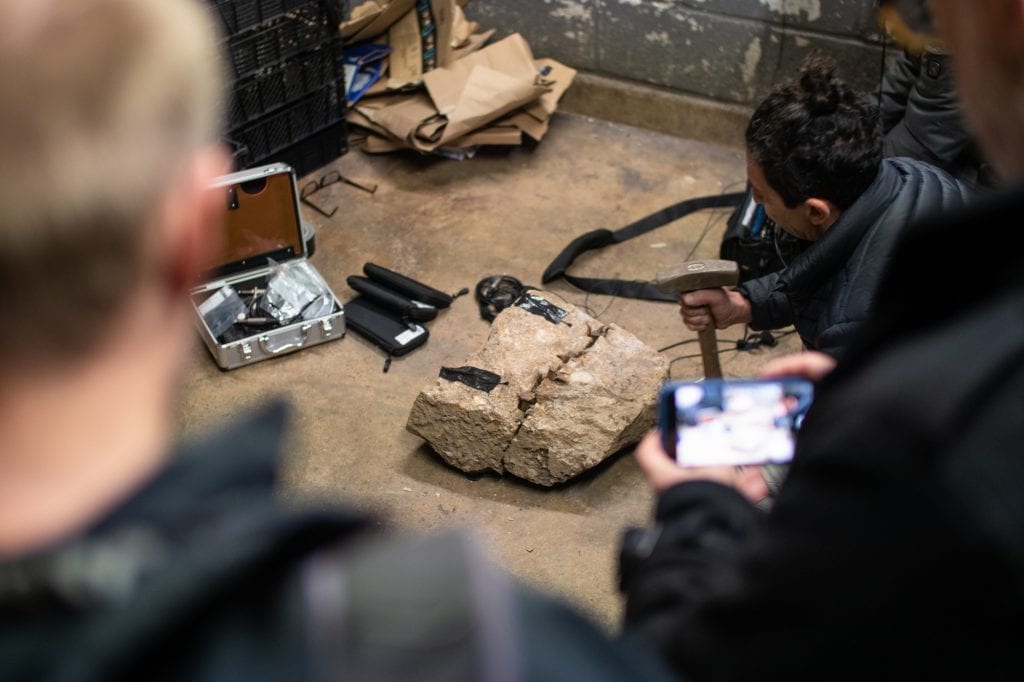
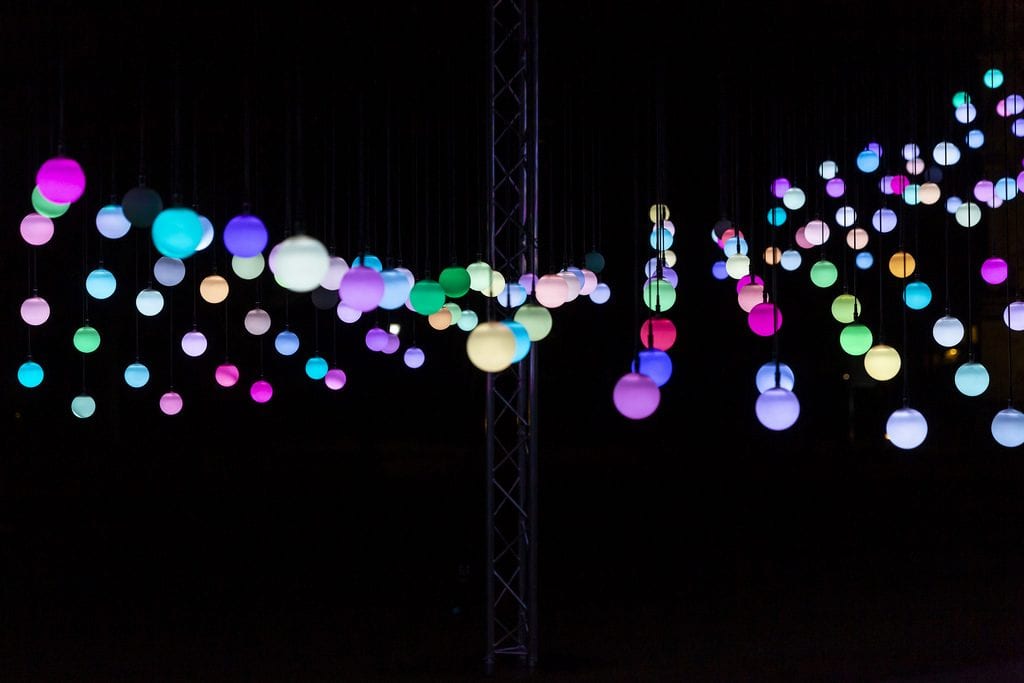
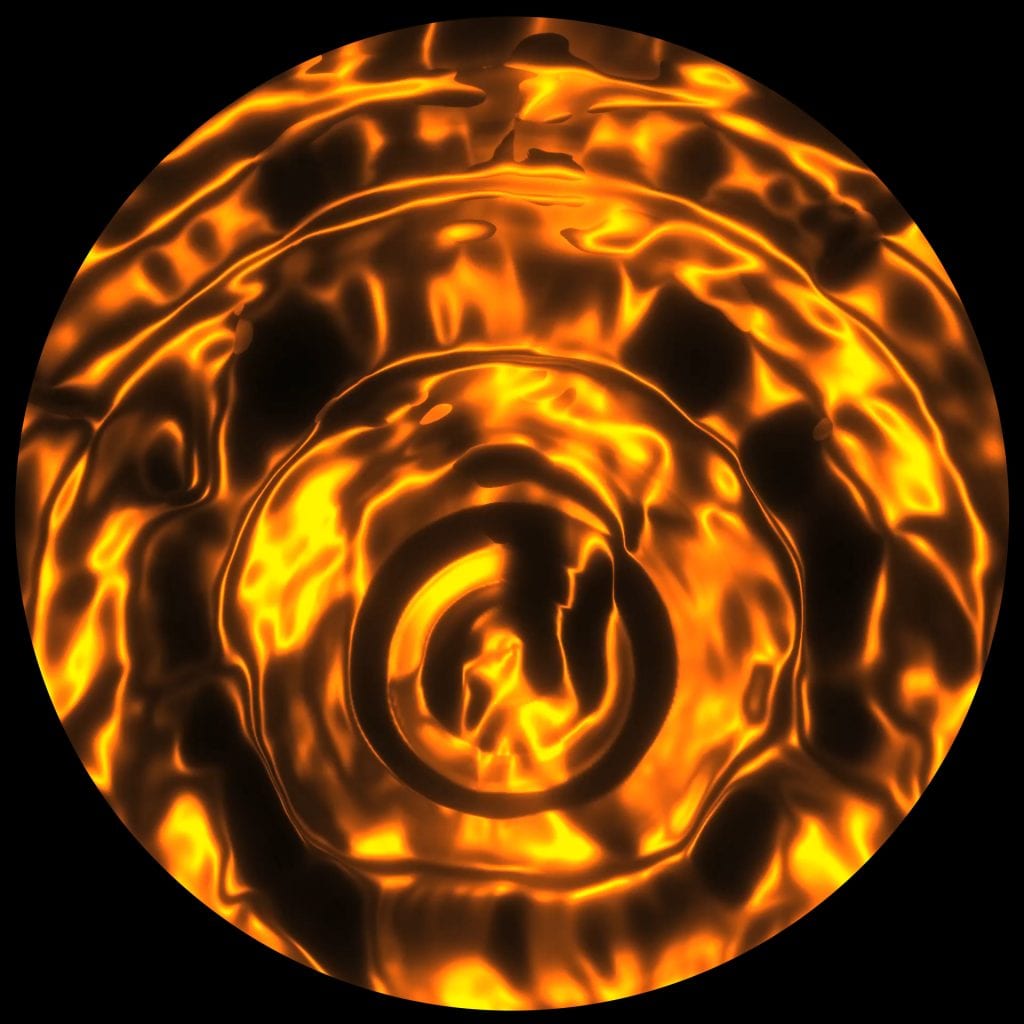
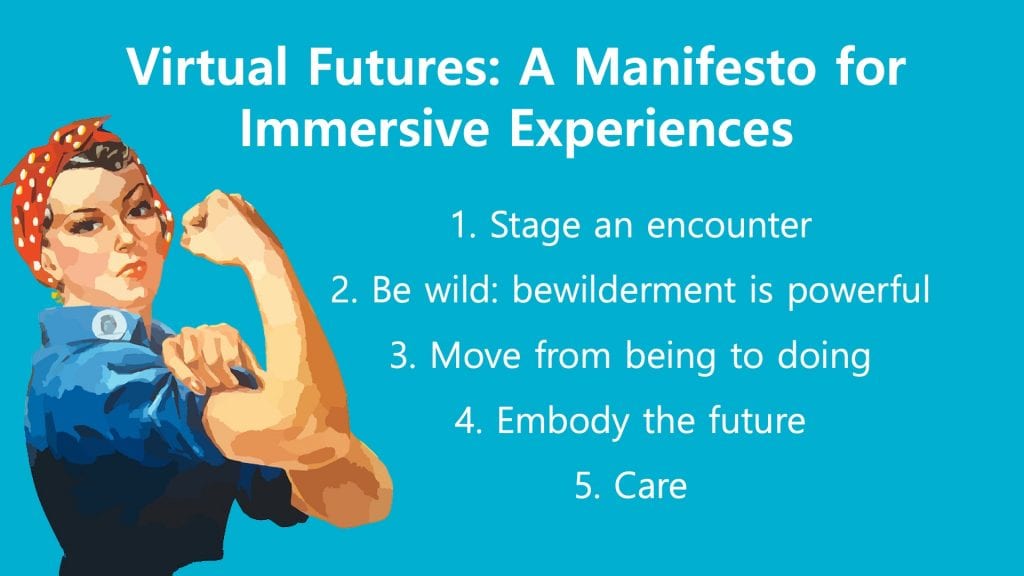
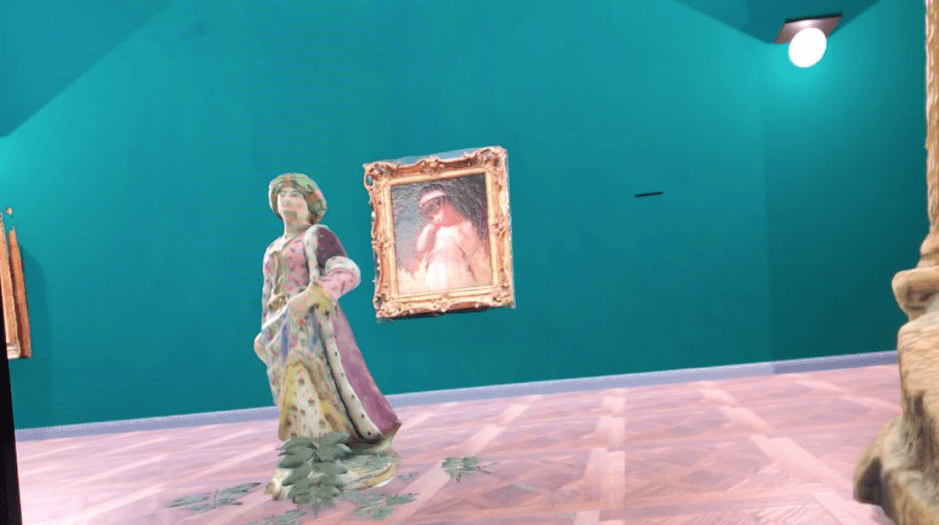
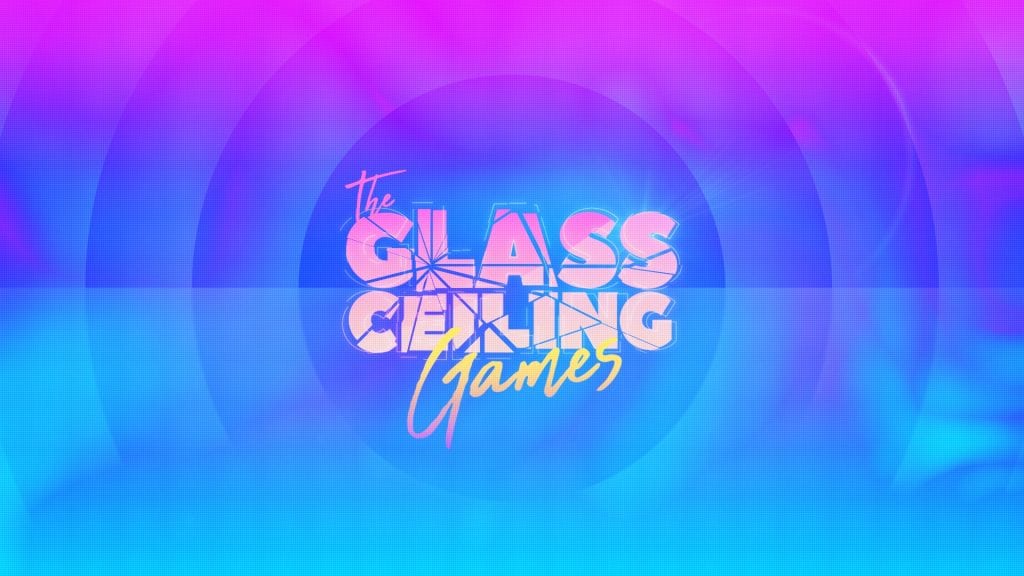
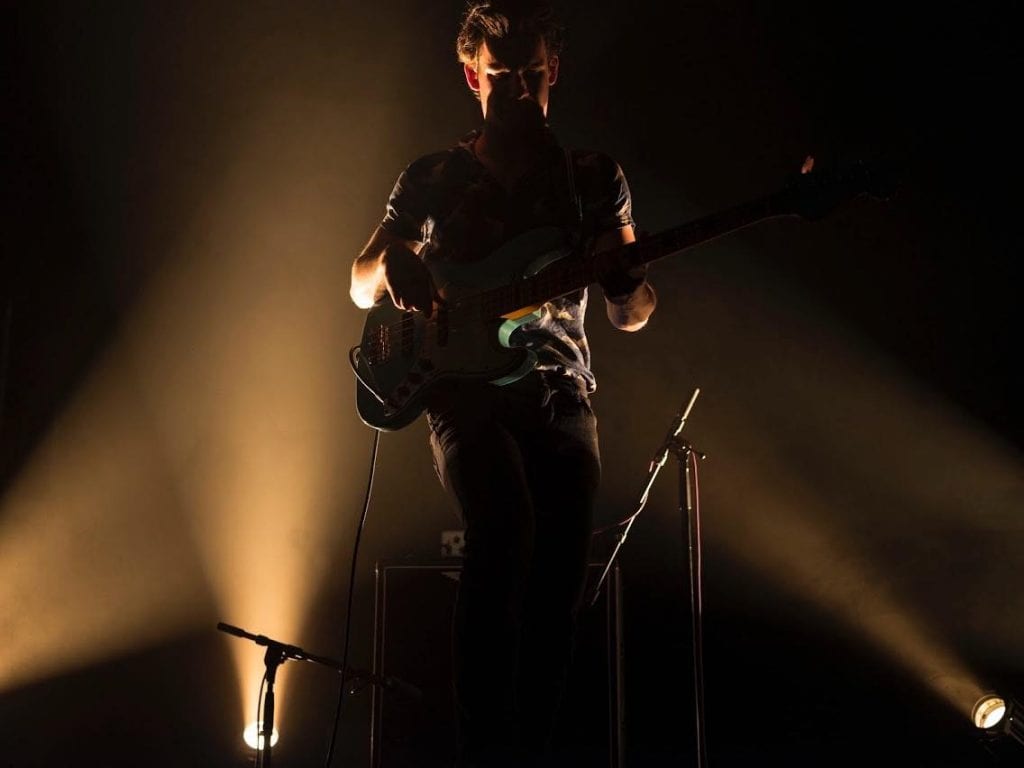
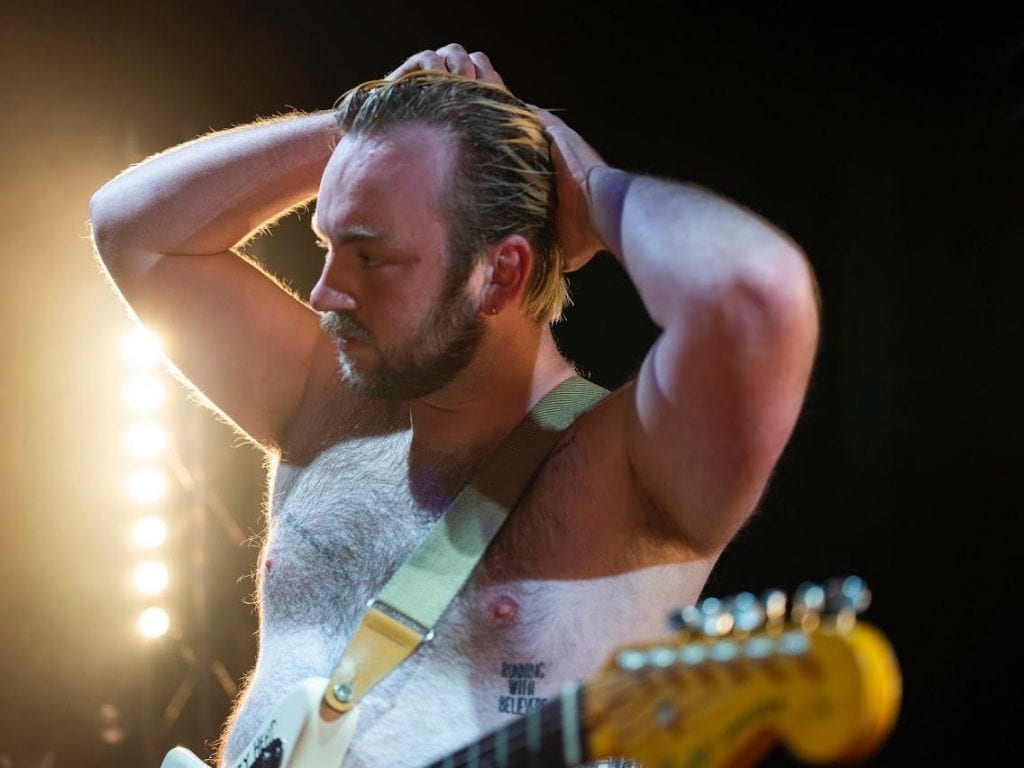
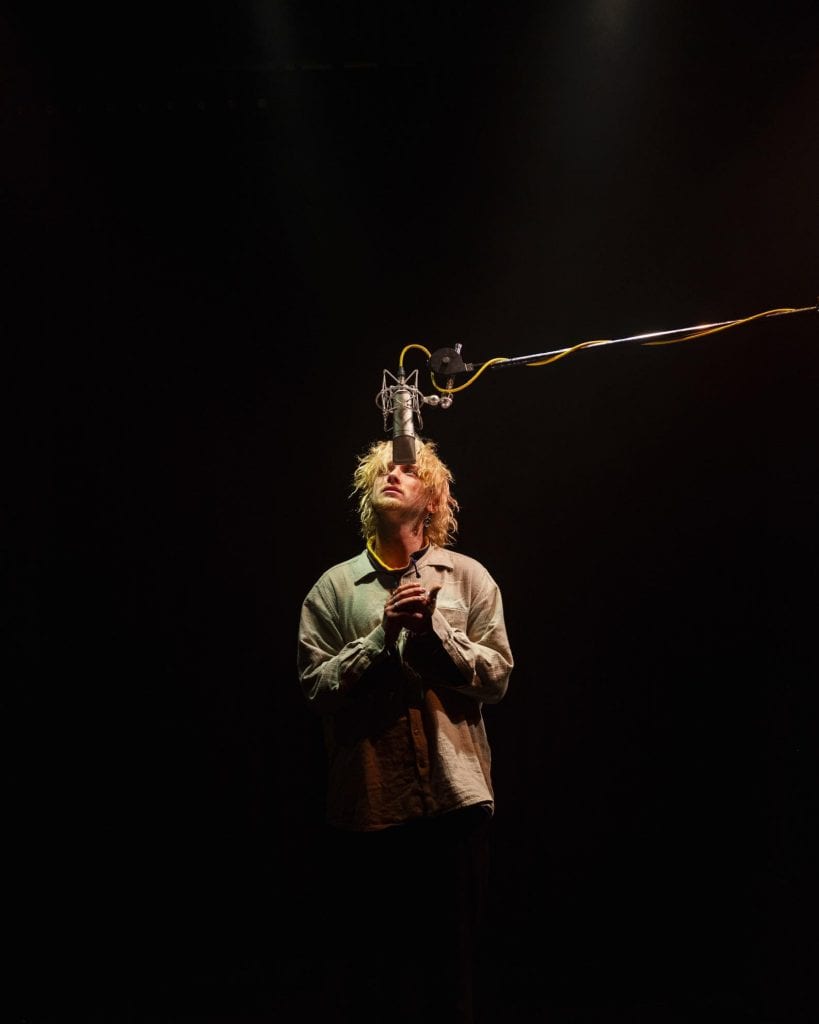
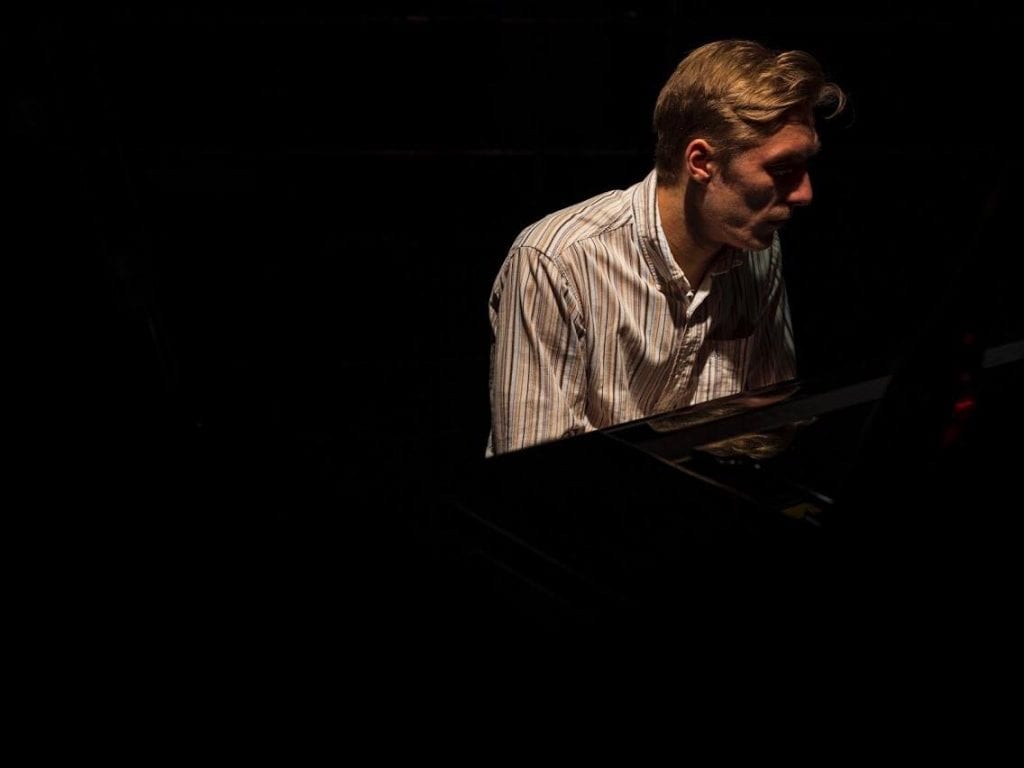
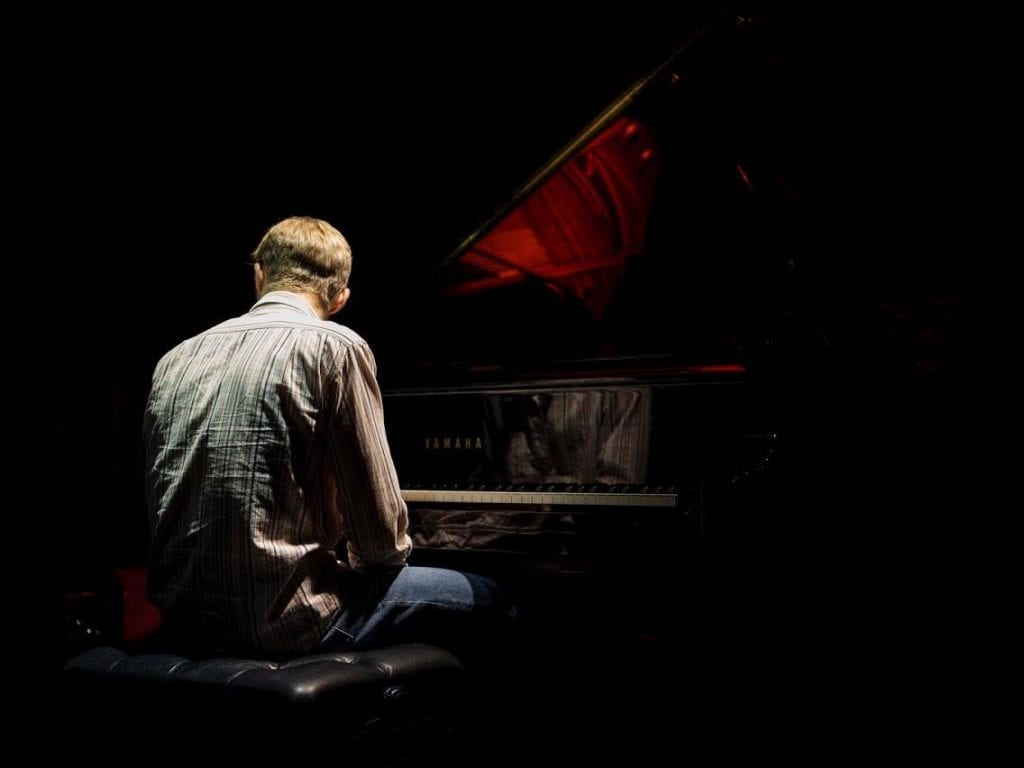
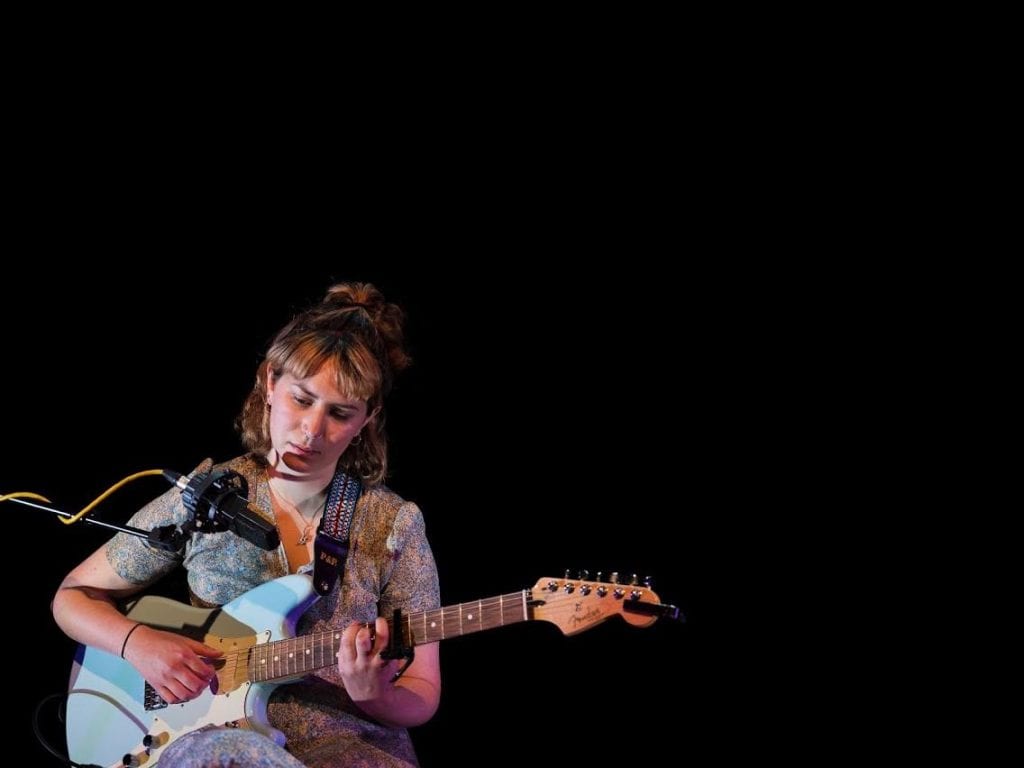
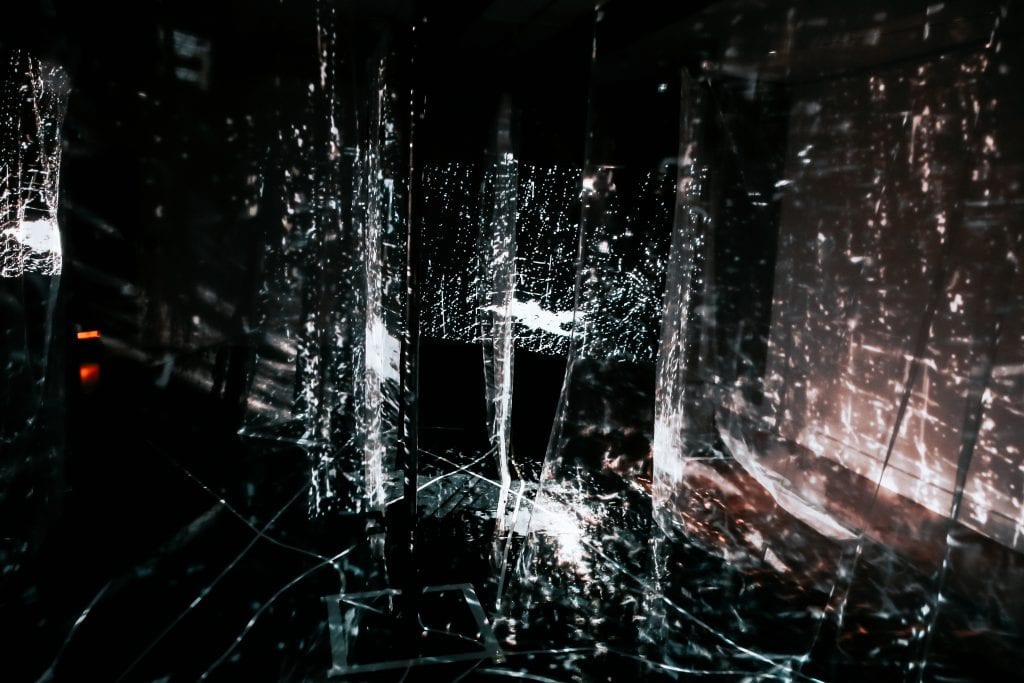
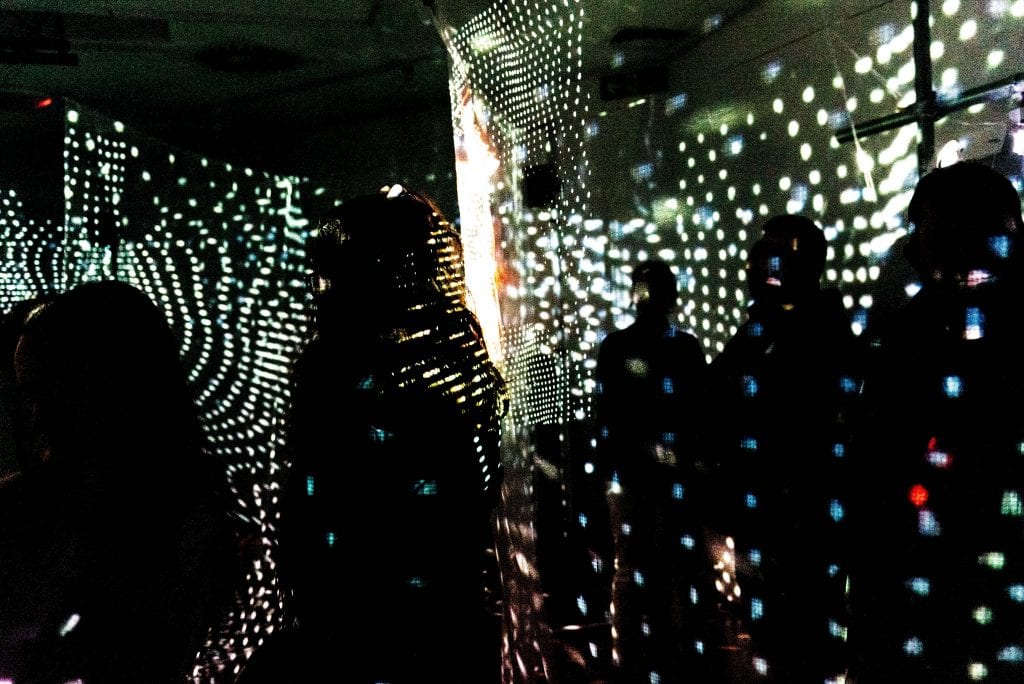
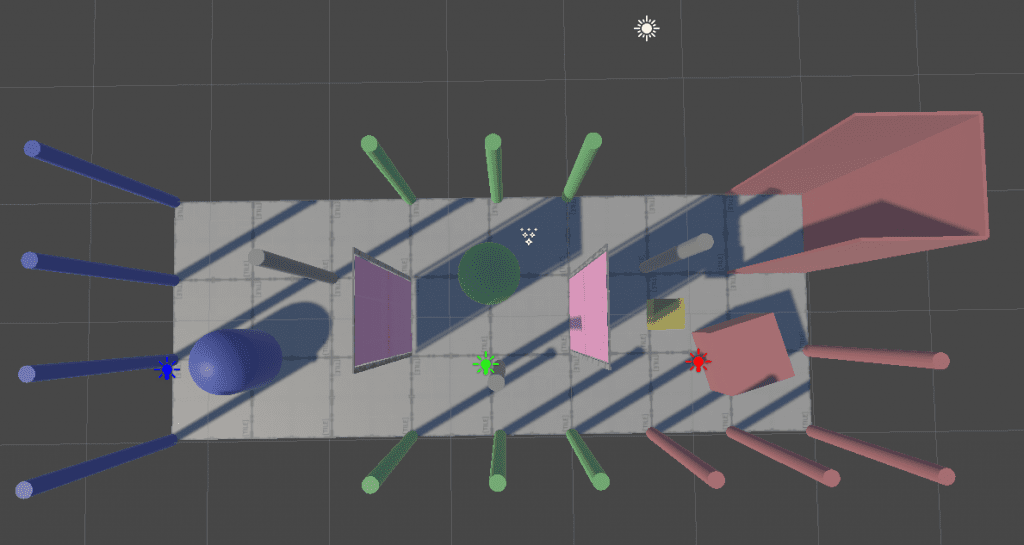
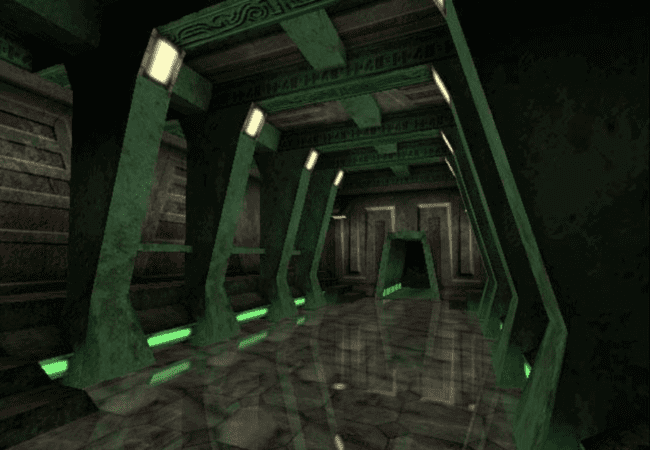
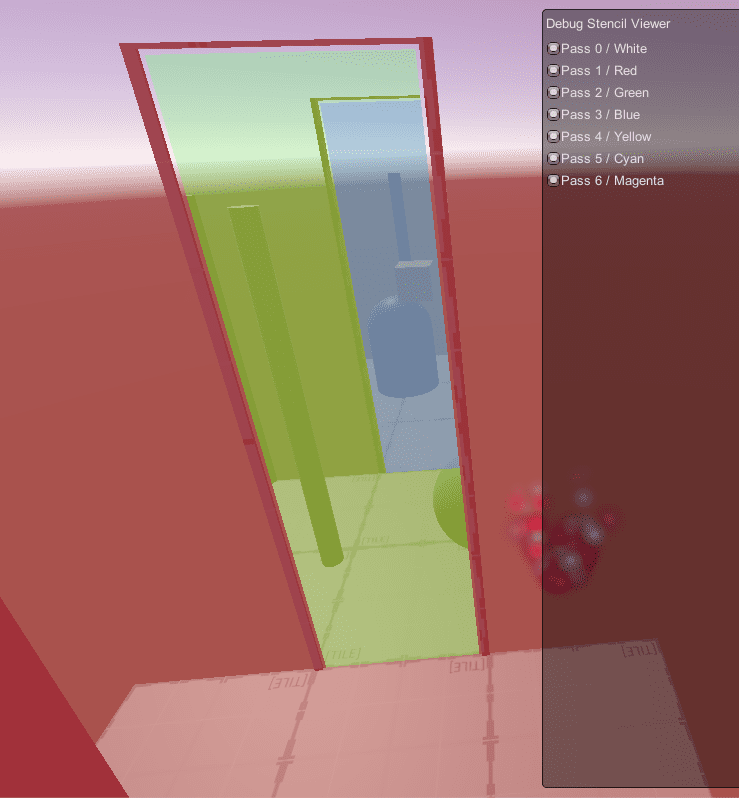
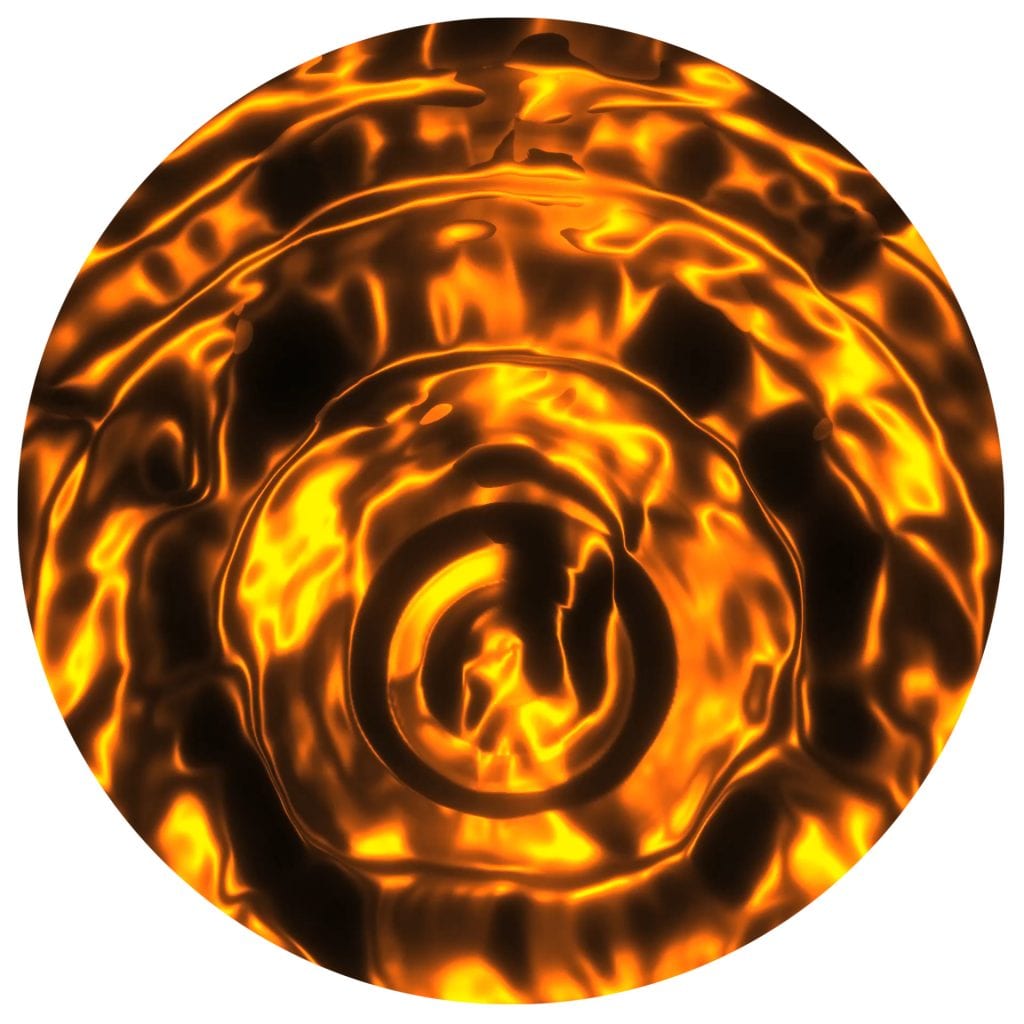
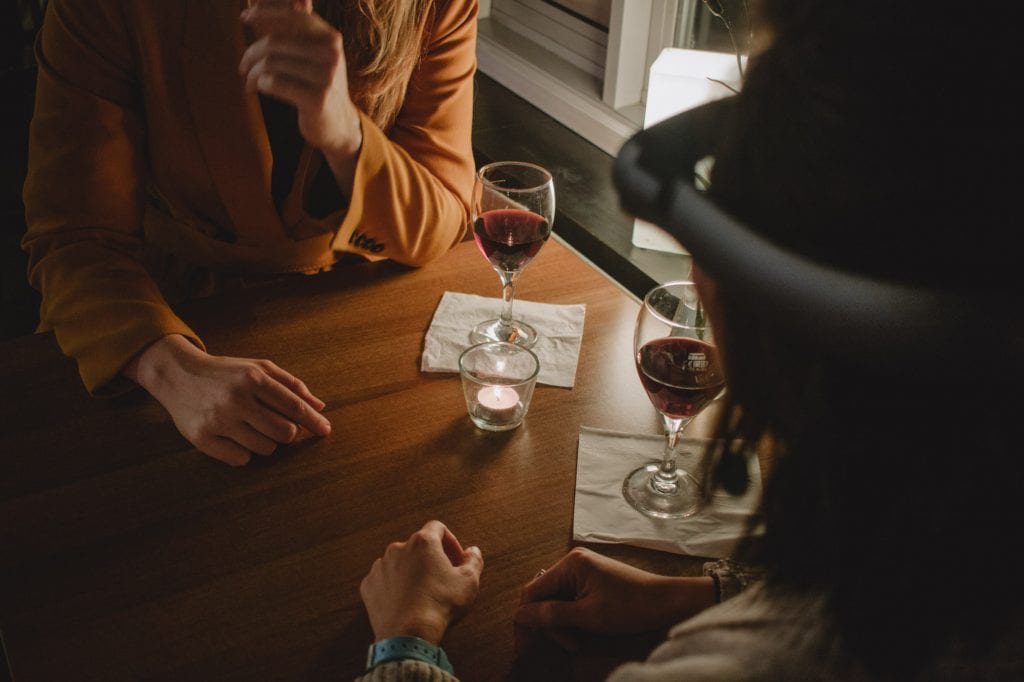
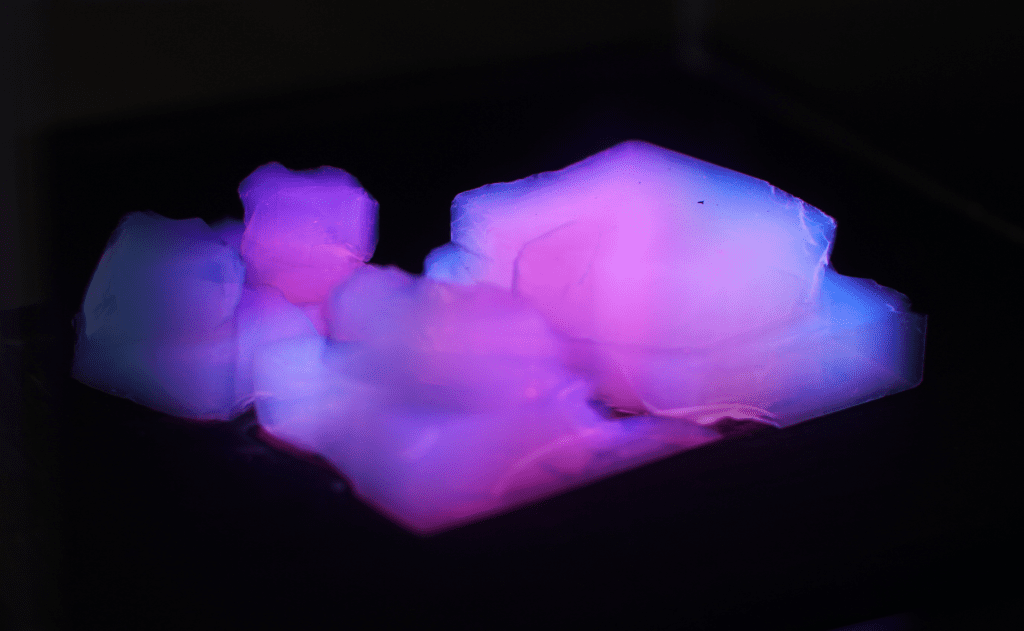
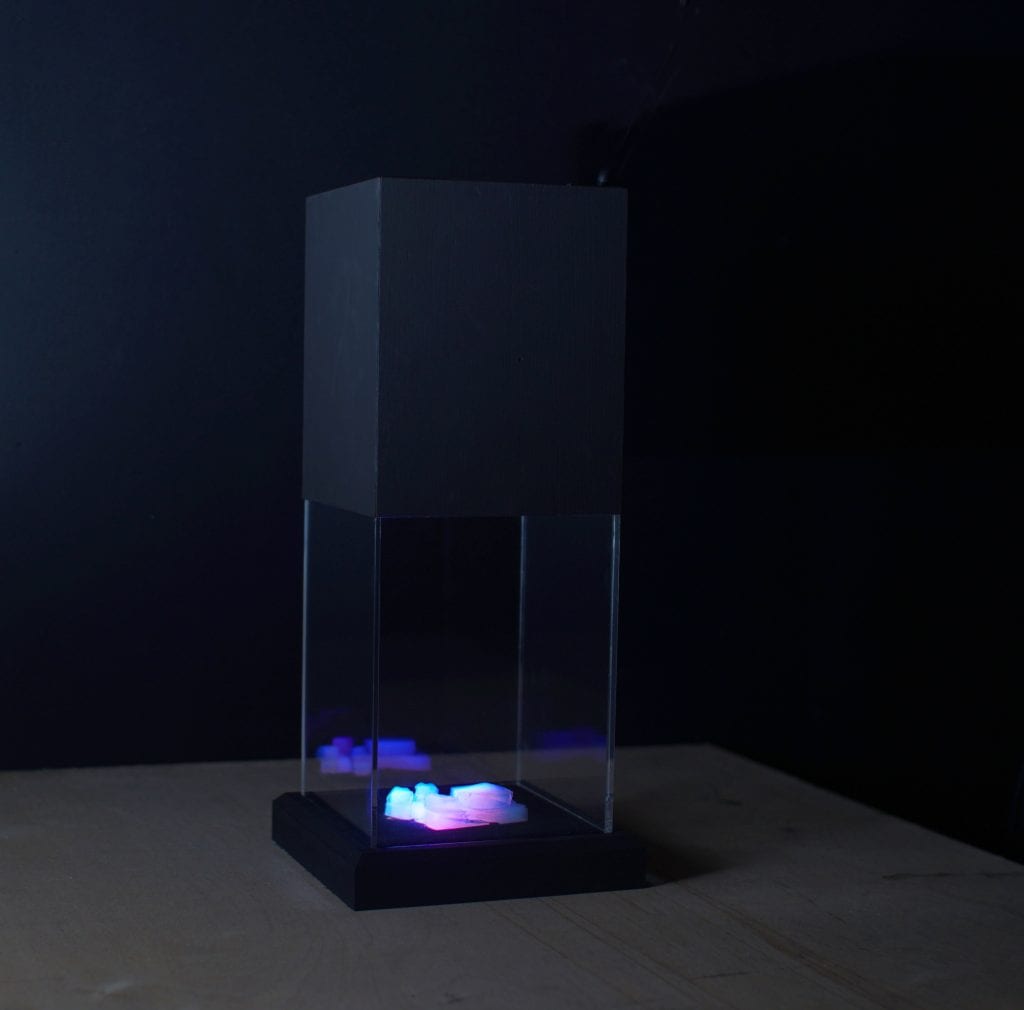
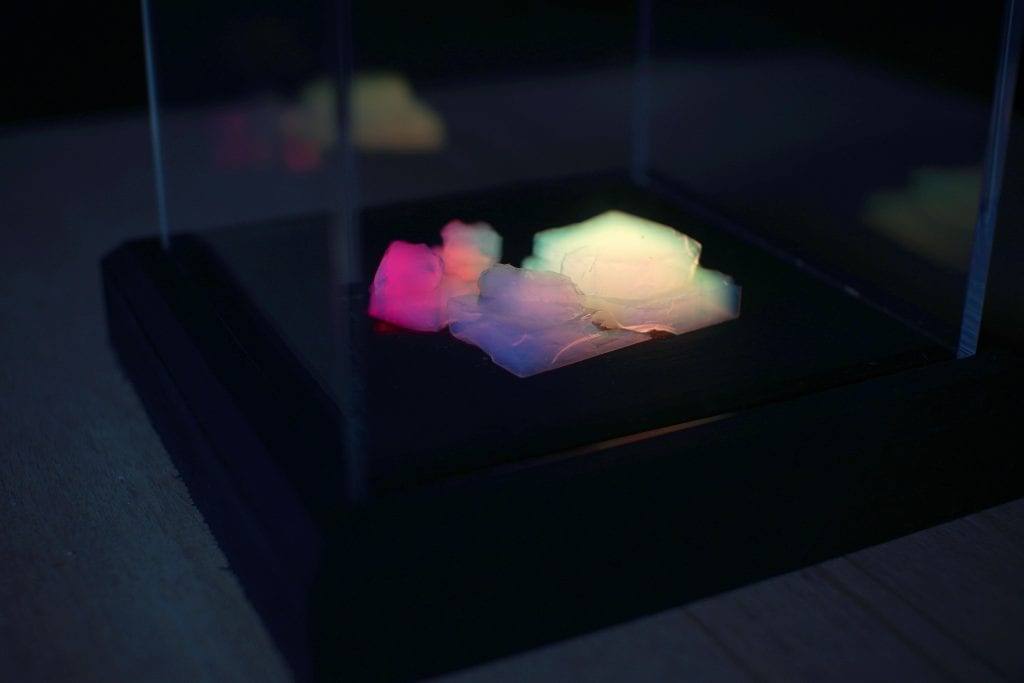
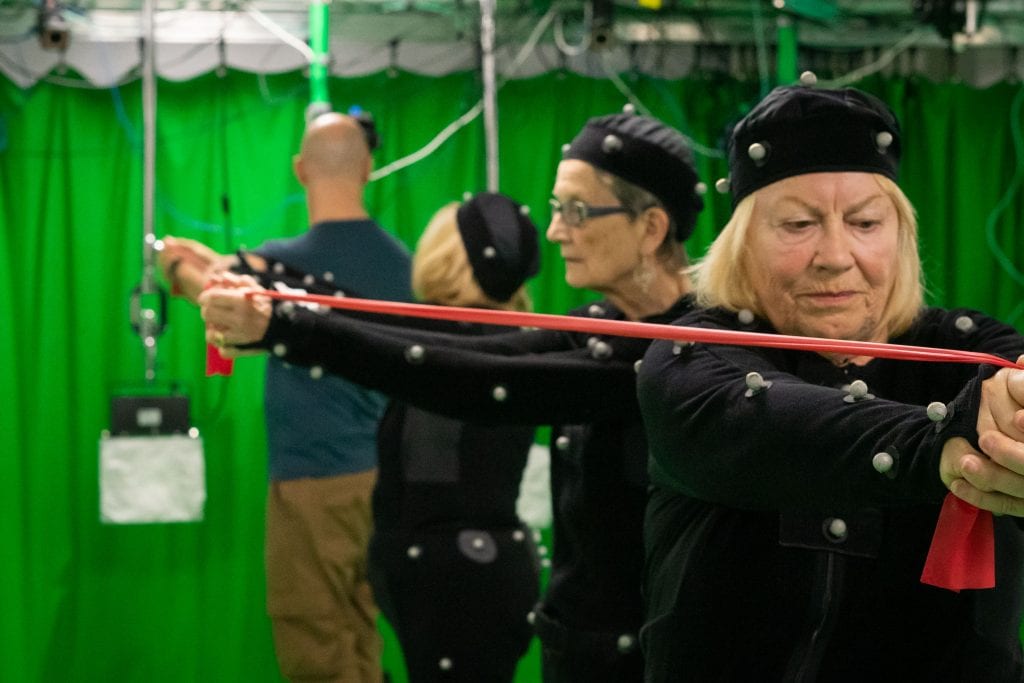
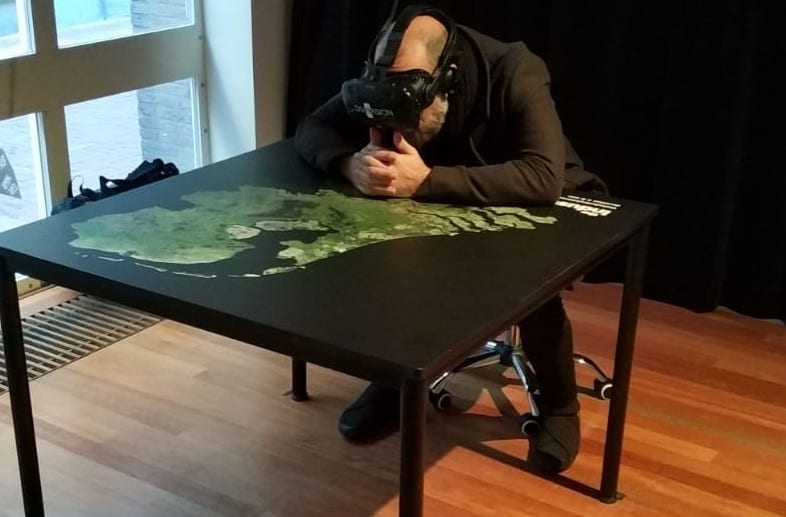


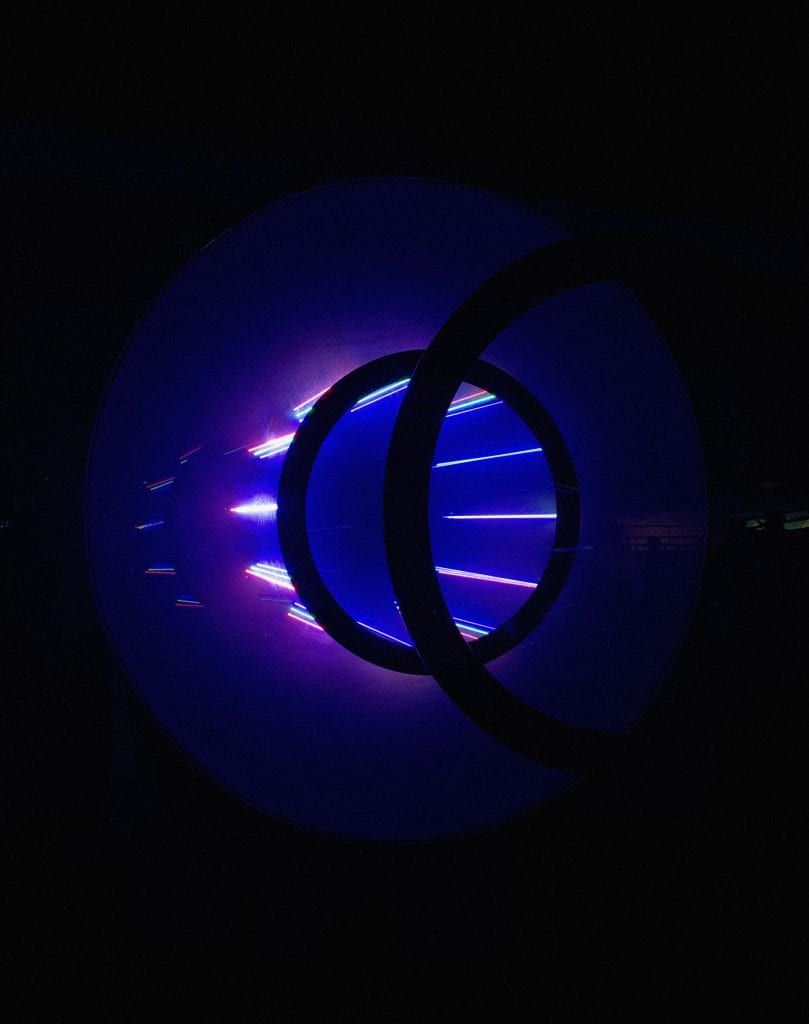
![View: Installation [b]](https://www.swctn.org.uk/wp-content/uploads/2019/11/3-1024x584.jpg)
![View: light sculpture [a]](https://www.swctn.org.uk/wp-content/uploads/2019/11/2-1024x584.jpg)

